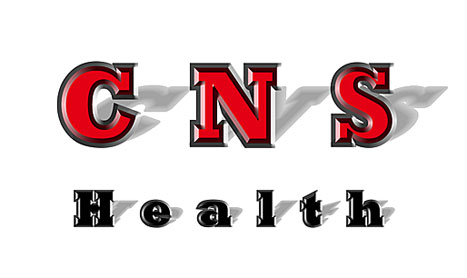WASHINGTON – More college students in Maryland are seeking mental health counseling this fall than in past semesters — an increase university counselors attribute to a combination of greater stress and heightened awareness among students.
At the University of Maryland, College Park, the University Health Center’s Mental Health Services unit has seen 687 patients this semester, said Jeri Boliek, the triage services coordinator for the department.
Compared to last fall, that’s a 20 percent increase in patients.
Also since the fall, Boliek said the center has seen a 50 percent increase in those seeking urgent care for desperate — sometimes suicidal — situations.
“We know that suicide is a definite risk — it’s the second-leading cause of death in college students, the first being accidents,” said Boliek, who also runs the health center’s suicide prevention program.
Salisbury University Counseling Center Director Kathy Scott noted a similar trend among students at the Eastern Shore campus. Last year, 467 students passed through the center — 23 percent more than the 359 students who sought counseling during the 2007-2008 academic year.
“I’ve been at Salisbury for five years, and I do know that our numbers have increased each year since I’ve been here,” Scott said.
Private schools are no exception. It’s the same at McDaniel College and Loyola University, Maryland, counselors said.
“We haven’t pooled statistics, but anecdotally yes, we’re feeling an increase, in particular after hours,” McDaniel Counselor Megan Hearron said.
During the last three years, the Loyola Counseling Center has seen a 19 percent increase in clinical appointments and a 32 percent rise in the number of students seeking services, according to Counseling Center Program Coordinator Becky Cassell.
The severity of students’ mental health problems is also increasing, according to the American College Counseling Association, which reported that 44 percent of students in counseling have serious psychological conditions; 10 years ago, only 16 percent of these cases were as critical.
Most of the students Boliek sees seek counseling for anxiety, she said — a trend that spans colleges nationwide, according to an annual report by the Association for University and College Counseling Center Directors.
The increased numbers and severity of disorders is a sign of the times, Boliek said.
“Offhand, I would say it’s just the overall economy, the overall bad news that we’re all listening to and subjected to, so I think that’s just increasing the level of stress about their own lives,” Boliek said. “And we’re pretty bombarded with the news, so I have to think there’s a lot of bad news and we’re hearing more of it.”
That’s what was revealed by the annual survey by the University of California, Los Angeles, called “The American Freshman: National Norms Fall 2010”: Financial concerns, including the national economy, rising education costs and unemployment, were high on the list of student woes.
Part of the increase may be from greater outreach efforts that have drawn patients, who are then more open to seeking services when the stigma surrounding mental health issues is broken down, counselors said.
Parent and faculty encouragement also leads students to seek help, Scott said.
The UCLA study also found the mental health levels of college freshmen are at their lowest since researchers began annually collecting data on student psychological health more than 25 years ago.
“Only 51.9 percent of students reported that their emotional health was in the ‘highest 10 percent’ or ‘above average,’ a drop of 3.4 percentage points from 2009 and a significant decline from the 63.6 percent who placed themselves in those categories when self-ratings of emotional health were first measured in 1985,” according to the survey.
Previously, severe conditions prevented some students from attaining higher education because treatment was not available on many campuses, Scott said.
“Students are coming to college more with complex problems, whereas in the past they may not have been able to come to a university,” Scott said.
With the turn toward professional help, campuses are working to keep access to services as open as possible. UMCP, for example, offers free psychiatric therapy and peer counseling at the student-run Help Center.
“Not everybody has the money to pay for a professional counselor,” said Help Center Administrator Margaret Ellen Johnson. “Having costs low is crucial to people feeling like they don’t have an extra barrier keeping them from seeking help. …We would more rather help someone who is in a crisis and worry about money later than have someone not come to us.”
Some students who call the Help Center’s crisis hotline are not in dire circumstances, but the chance to vent to a peer provides a stress outlet that could prevent a more serious situation.
“We’re there for people who are considering suicide, but we’re equally there for someone who is having a rough day,” said Johnson, a senior psychology major at UMCP. “Having people who are in your classes who understand the struggles of student life and are going through it currently right along with you is important.”
Boliek said providing resources to alleviate stressful situations can offset long-term depressive conditions, and she added many patients feel more hopeful after their first counseling session.
“Suicide is the most preventable type of death there is,” Boliek said. “If you can reach people early they won’t even get to that point.”

